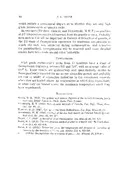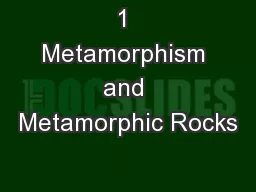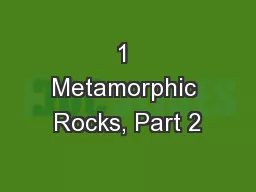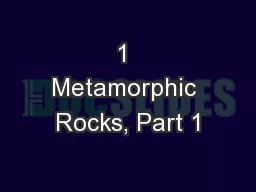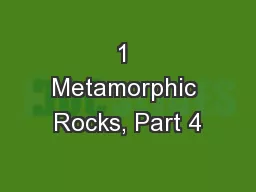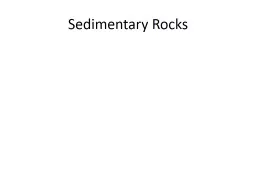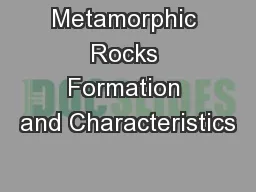PDF-DECREPITATION CHARACTERISTICS OF SOME HIGH GRADE METANORPHIC ROCKS F
Author : natalia-silvester | Published Date : 2014-12-14
G Surrn Uniaersity of Toronto Toronto Canada ABSTRACT The decrepitation characteristics of several types of high grade metamorphic rocks from 17 localities were
Presentation Embed Code
Download Presentation
Download Presentation The PPT/PDF document "DECREPITATION CHARACTERISTICS OF SOME HI..." is the property of its rightful owner. Permission is granted to download and print the materials on this website for personal, non-commercial use only, and to display it on your personal computer provided you do not modify the materials and that you retain all copyright notices contained in the materials. By downloading content from our website, you accept the terms of this agreement.
DECREPITATION CHARACTERISTICS OF SOME HIGH GRADE METANORPHIC ROCKS F: Transcript
Download Rules Of Document
"DECREPITATION CHARACTERISTICS OF SOME HIGH GRADE METANORPHIC ROCKS F"The content belongs to its owner. You may download and print it for personal use, without modification, and keep all copyright notices. By downloading, you agree to these terms.
Related Documents

